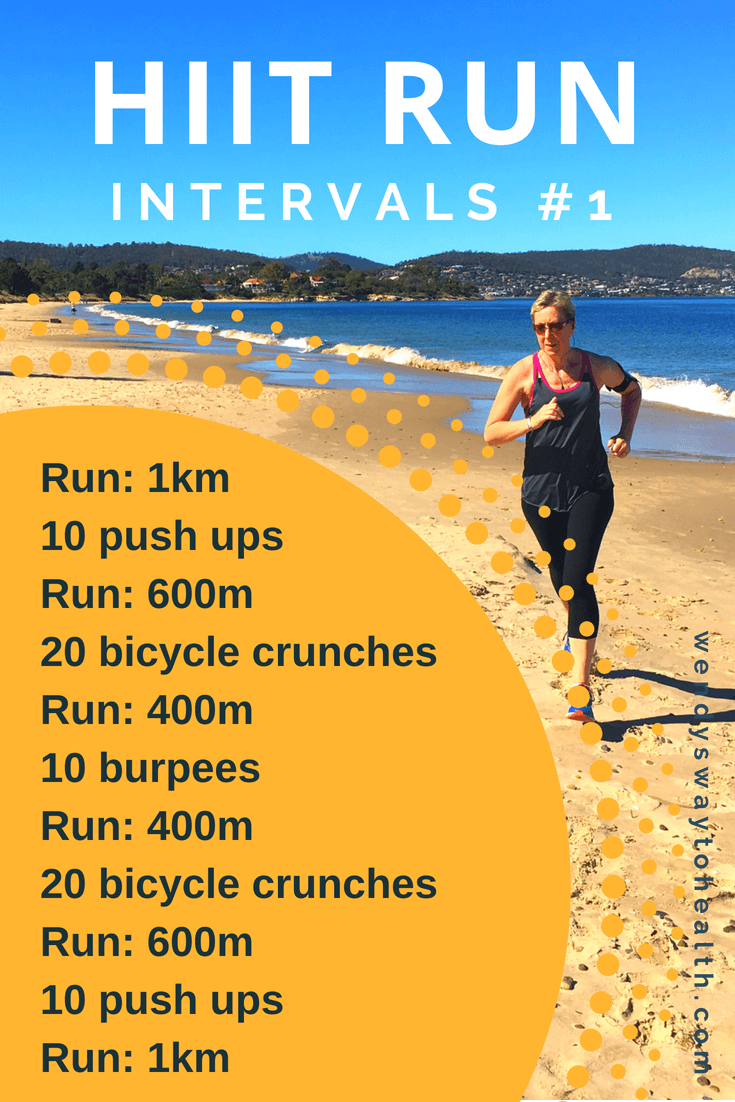Boost Your Running Strategy with Proven Techniques
Wiki Article
Dealing With Usual Running Discomforts: Causes, Solutions, and Prevention
As joggers, we commonly run into various pains that can hinder our performance and pleasure of this physical task. From the debilitating pain of shin splints to the bothersome IT band syndrome, these common operating pains can be irritating and demotivating. Understanding the causes behind these conditions is crucial in efficiently addressing them. By discovering the root factors for these operating discomforts, we can uncover targeted solutions and safety nets to make sure a smoother and much more fulfilling running experience (check here).Usual Running Pain: Shin Splints
Shin splints, an usual running discomfort, often result from overuse or incorrect footwear throughout exercise. This condition, clinically referred to as median tibial anxiety disorder, materializes as discomfort along the internal side of the shinbone (shin) and prevails among professional athletes and runners. The repetitive anxiety on the shinbone and the cells attaching the muscles to the bone causes inflammation and pain. Joggers who quickly increase the strength or period of their workouts, or those that have flat feet or improper running strategies, are especially at risk to shin splints.To stop shin splints, people must progressively enhance the intensity of their workouts, put on proper shoes with appropriate arch assistance, and maintain adaptability and strength in the muscular tissues bordering the shin. If shin splints do happen, initial therapy entails remainder, ice, compression, and elevation (RICE) Furthermore, integrating low-impact activities like swimming or biking can help keep cardiovascular fitness while enabling the shins to recover. Consistent or extreme situations may call for medical analysis and physical therapy for efficient monitoring.
Usual Running Discomfort: IT Band Syndrome
In enhancement to shin splints, an additional widespread running pain that athletes often experience is IT Band Syndrome, a problem triggered by inflammation of the iliotibial band that runs along the external thigh and knee. IT Band Syndrome generally shows up as pain outside of the knee, especially throughout activities like running or biking. The iliotibial band is a thick band of fascia that links the hip to the shin, and when it comes to be inflamed or limited, it can scrub versus the upper leg bone, bring about discomfort and discomfort.Runners experiencing IT Band Syndrome may observe a stinging or hurting feeling on the outer knee, which can get worse with ongoing task. Variables such as overuse, muscular tissue discrepancies, inappropriate running kind, or poor warm-up can contribute to the growth of this condition.
Common Running Pain: Plantar Fasciitis

Plantar Fasciitis can be credited to various variables such as overtraining, improper shoes, operating on tough surface areas, or having high arcs or level feet. To stop and relieve Plantar Fasciitis, joggers can include stretching workouts for the calves and plantar fascia, put on helpful shoes, keep a healthy and balanced weight to reduce strain on the feet, and progressively boost running strength to stay clear of unexpected anxiety on the plantar fascia. If signs and symptoms persist, it is suggested to consult a healthcare professional for appropriate medical diagnosis and treatment options to attend to the problem effectively.
Typical Running Pain: Jogger's Knee
After addressing the obstacles of Plantar Fasciitis, an additional common problem that joggers typically face is Jogger's Knee, a common running discomfort that can prevent sports performance and cause discomfort during exercise. Runner's Knee, likewise called patellofemoral pain disorder, manifests as discomfort around or behind the kneecap. This problem is typically attributed to overuse, muscular tissue discrepancies, incorrect running methods, or troubles with the alignment of the kneecap. Joggers experiencing this pain might feel a boring, aching discomfort while running, going up or down stairways, or after extended periods of sitting. To avoid Runner's Knee, it is important to incorporate proper workout and cool-down regimens, keep solid and well balanced leg muscular tissues, use ideal shoes, and slowly increase running intensity. If signs linger, seeking suggestions from a health care expert or a sporting activities medicine specialist is advised to identify the underlying cause and establish a customized therapy strategy to reduce the pain and avoid additional complications.Usual Running Discomfort: Achilles Tendonitis
Generally affecting joggers, Achilles Tendonitis is an excruciating problem that impacts the Achilles ligament, creating discomfort and prospective limitations in physical activity. The Achilles ligament is a find out here now thick band of cells that connects the calf muscle mass to the heel bone, crucial for activities like running, leaping, and walking - click site. Achilles Tendonitis frequently creates as a result of overuse, improper footwear, insufficient stretching, or unexpected increases in exerciseSymptoms of Achilles Tendonitis include discomfort and stiffness along the tendon, especially in the early morning or after durations of inactivity, swelling that worsens with activity, and potentially bone stimulates in persistent situations. To avoid Achilles Tendonitis, it is necessary to extend appropriately in the past and after running, use ideal footwear with correct support, gradually increase the intensity of exercise, and cross-train to reduce repeated stress on the ligament. Treatment might entail rest, ice, compression, elevation (RICE method), physical therapy, orthotics, and in serious cases, surgical treatment. Early intervention and correct care are crucial for handling Achilles Tendonitis properly and stopping lasting issues.
Verdict

Report this wiki page